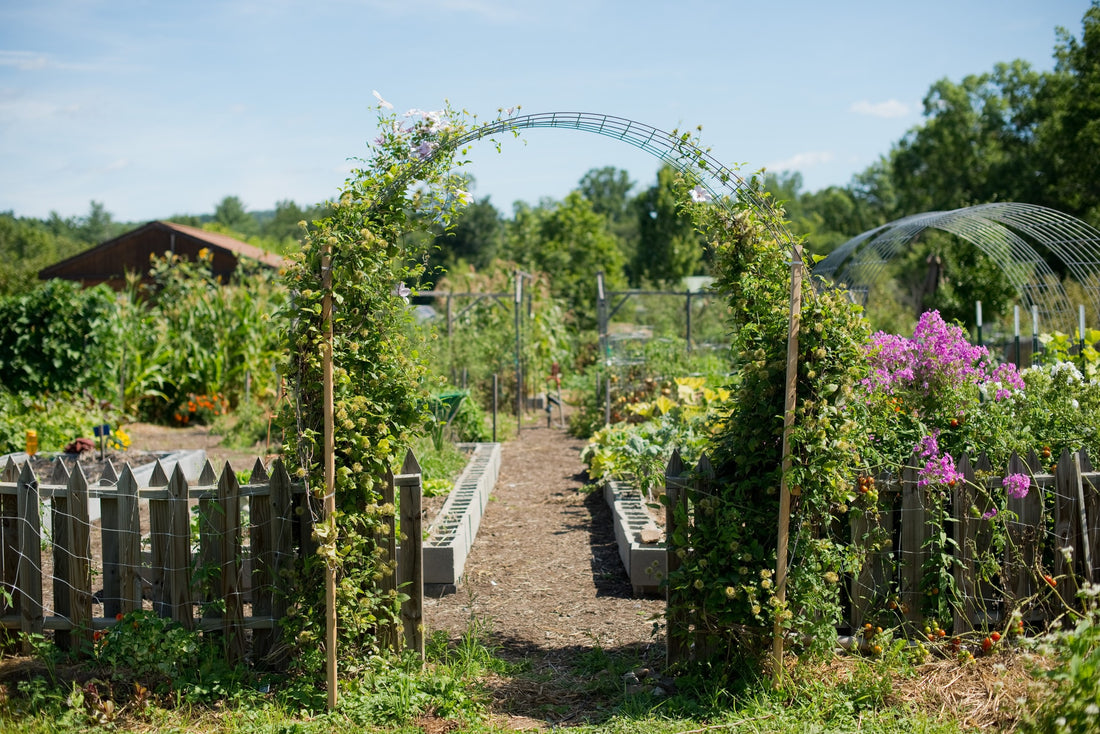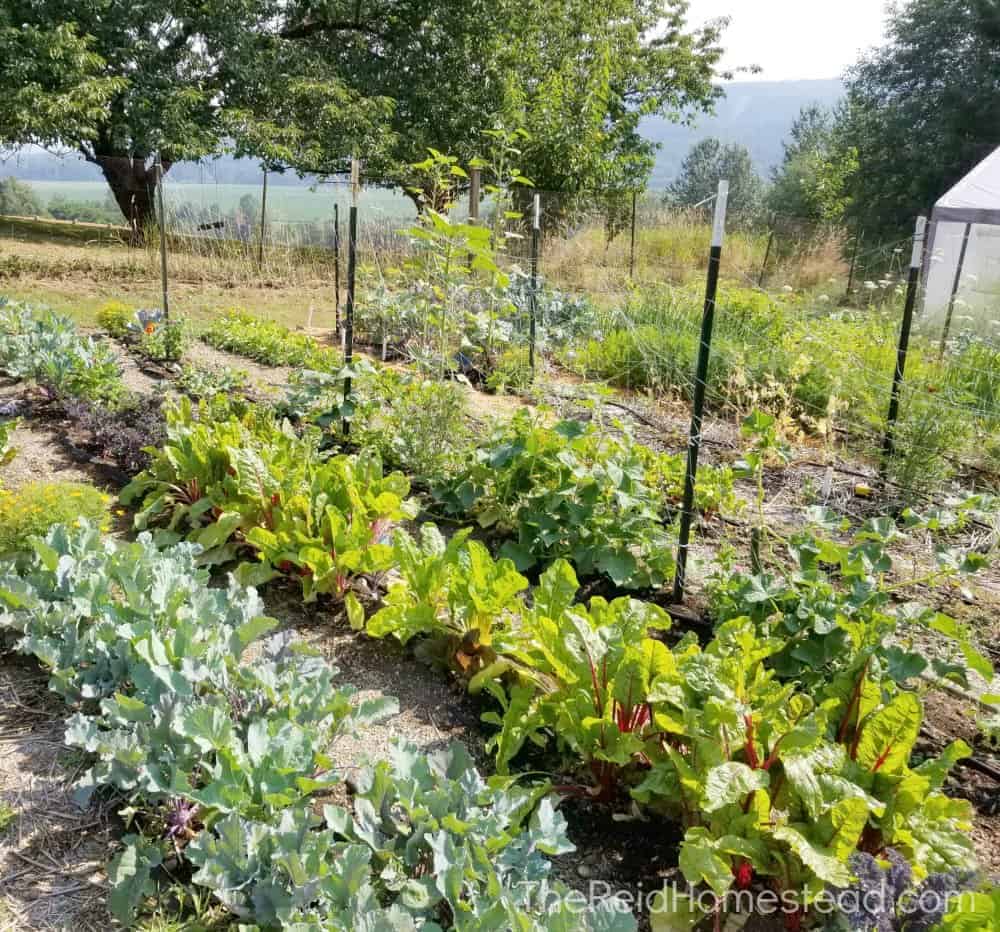Learn Exactly How to Grow a Prospering Gardening Environment for All Skill Degrees
Producing a flourishing garden is a complex venture that can be welcomed by individuals at any kind of skill degree. By analyzing vital components such as dirt health, proper plant selection, and seasonal care regimens, one can develop a lasting horticulture practice that produces satisfying results.
Recognizing Your Yard Space
In the world of horticulture, understanding your yard room is critical to growing a thriving landscape (Homestead Gardening). The very first step in this endeavor includes analyzing the specific attributes of your story. Variables such as soil structure, sunshine direct exposure, and water drainage play vital duties in determining the suitability of your garden for different sorts of plants
Begin by performing a soil test to evaluate pH levels and nutrition web content, which will inform any needed changes. In addition, observe just how much sunshine your room receives throughout the day. Different plants have varying light needs; some grow in full sun, while others choose partial or full shade.

Lastly, evaluate the available space and strategy as necessary. This consists of taking into consideration plant elevations and spread out to make sure appropriate space for growth without overcrowding. By gaining a comprehensive understanding of your yard room, you established the foundation for a successful gardening experience.
Picking the Right Plant Kingdoms
Selecting the right plants for your garden requires mindful factor to consider of different elements, including environment, dirt conditions, and personal choices. Beginning by examining your regional climate, as details plants grow in specific temperature arrays and climate patterns. Tropical plants might not make it through in cooler areas, while hardy perennials can hold up against extreme winter seasons.

Consider your individual preferences, including visual charm and maintenance degrees. Decide whether you favor dynamic blossoms, rich vegetation, or edible crops. In addition, consider the moment and effort you want to invest in plant treatment, as some selections demand more focus than others.
Lastly, think of the garden's design and light direct exposure. Sunlight patterns throughout the day will affect your selections-- some plants require complete sunlight, while others flourish in shade. By thoughtfully evaluating these aspects, you can create a productive and harmonious yard customized to your environment and tastes.
Necessary Horticulture Devices
A well-equipped gardener can substantially improve their horticulture experience and end results. Crucial horticulture devices are fundamental to growing an effective yard, despite ability degree. A tough spade is very useful for excavating and transforming dirt, while a trowel enables for accurate planting and transplanting of smaller sized plants.
Trimming shears are crucial for wikipedia reference preserving plant health and wellness by eliminating dead or thick branches, promoting better air circulation and development. In addition, a hand rake works for getting rid of debris and aerating the dirt, making sure ideal conditions for plant origins.
Gardening handwear covers safeguard hands from thorns, chemicals, and sores, making them a necessary accessory. A watering can or hose with a flexible nozzle makes sure that plants receive ample wetness without overwatering.
Finally, consider spending in a durable wheelbarrow for transporting dirt, plants, and tools around the yard effectively. By assembling a top quality toolkit that includes these crucial products, garden enthusiasts can deal with various jobs with confidence and convenience, leading the way for a flourishing gardening atmosphere. Remember, the right devices not only improve effectiveness but additionally enhance the general pleasure of the horticulture process.
Dirt Prep Work and Upkeep
Quality dirt is the foundation of an effective yard, making appropriate check this preparation and maintenance vital for healthy and balanced plant development. The initial step in soil preparation entails testing its pH and nutrient levels. This can be attained through soil screening packages available at horticulture facilities or through specialist solutions. Based on the test results, modifications can be made to optimize soil conditions for certain plant needs.
Integrating natural issue, such as garden compost or well-rotted manure, more information is essential for improving soil structure and fertility. This not only improves vitamins and mineral schedule but also promotes helpful microbial task. In addition, correct drainage is vital; heavy clay soils may require the addition of sand or perlite to improve aeration.
Regular upkeep of dirt wellness consists of mulching, which preserves dampness and subdues weeds. Turning crops annually helps prevent nutrient deficiency and lowers bug and illness dangers. It is also important to stay clear of over-tilling, which can interfere with soil structure and harm valuable microorganisms.
Eventually, a consistent commitment to soil prep work and upkeep will lead to a prospering yard, making sure that plants get the important nutrients they need for durable development and efficiency.
Seasonal Care and Administration

In springtime, emphasis on planting brand-new seeds and seedlings, while additionally carrying out dirt tests to modify nutrient deficiencies. Regularly examine for insects and conditions, as these can proliferate with the warming climate. Summertime needs consistent watering and mulching to preserve moisture, in addition to pruning for far better air circulation.
As fall approaches, it's time to prepare the garden for inactivity. This includes gathering plants, cleaning up particles, and using a layer of mulch to secure plant origins from frost. Consider growing cover plants to enrich the soil throughout the winter months.
Check frameworks like greenhouses for damages and ensure proper insulation for sensitive plants. By adapting your gardening methods to the seasonal cycles, you can promote a prospering setting that sustains plant wellness year-round.
Conclusion
In final thought, cultivating a successful garden calls for a comprehensive understanding of crucial principles such as dirt composition, sunshine direct exposure, and ideal plant option. Routine seasonal treatment and management practices better improve plant health and performance.
Choosing the right plants for your yard requires cautious factor to consider of numerous aspects, including climate, soil conditions, and personal choices. Conduct a dirt examination to determine pH degrees and nutrient web content, which will lead you in selecting plants that will thrive in your yard.Finally, take into consideration spending in a strong wheelbarrow for carrying dirt, plants, and devices around the garden successfully.Quality soil is the foundation of an effective yard, making proper prep work and maintenance important for healthy plant growth. Homestead Gardening.In verdict, growing a successful garden calls for a comprehensive understanding of necessary concepts such as dirt make-up, sunshine exposure, and proper plant choice